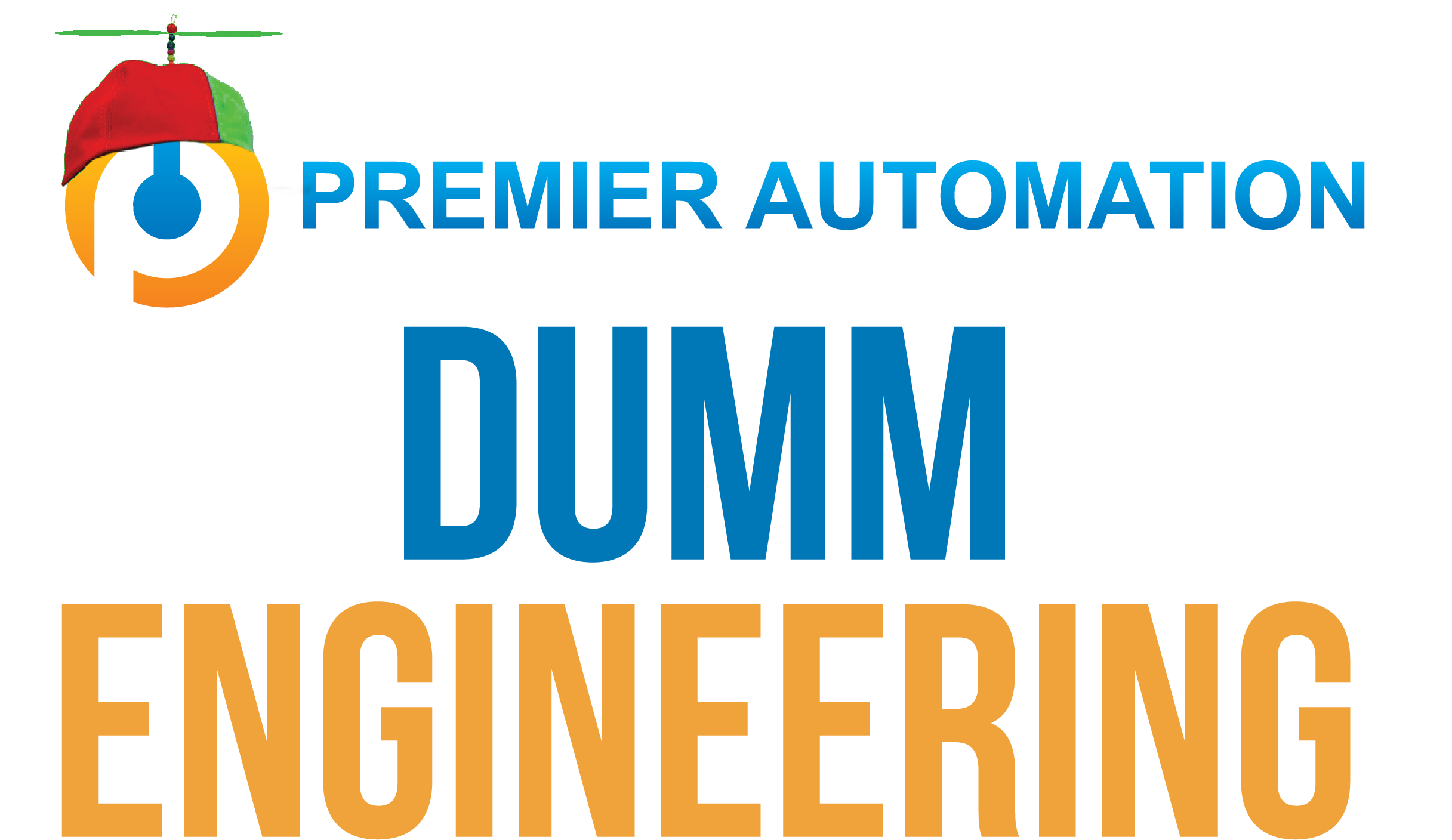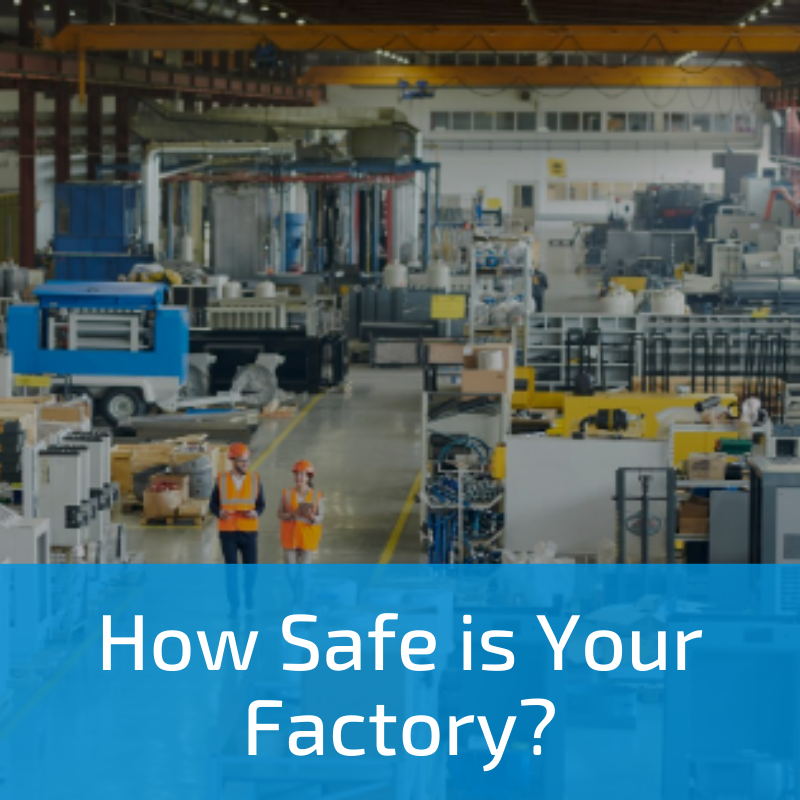Higher level automation components such as PLC’s, Drives, and HMI’s communicate with each other through industrial networks. These allow them to pass more advanced data back and forth between them as opposed to a single true or false signal from a single wire. There are many different types of communications, types of hardware, and topologies that allow these networks to operate. The most common types of industrial networks are Ethernet IP, Profibus, and Profinet, but there are many others as well. Modbus, Ethercat, Canbus, and Controlnet are a few of the many other types that we see in applications.




